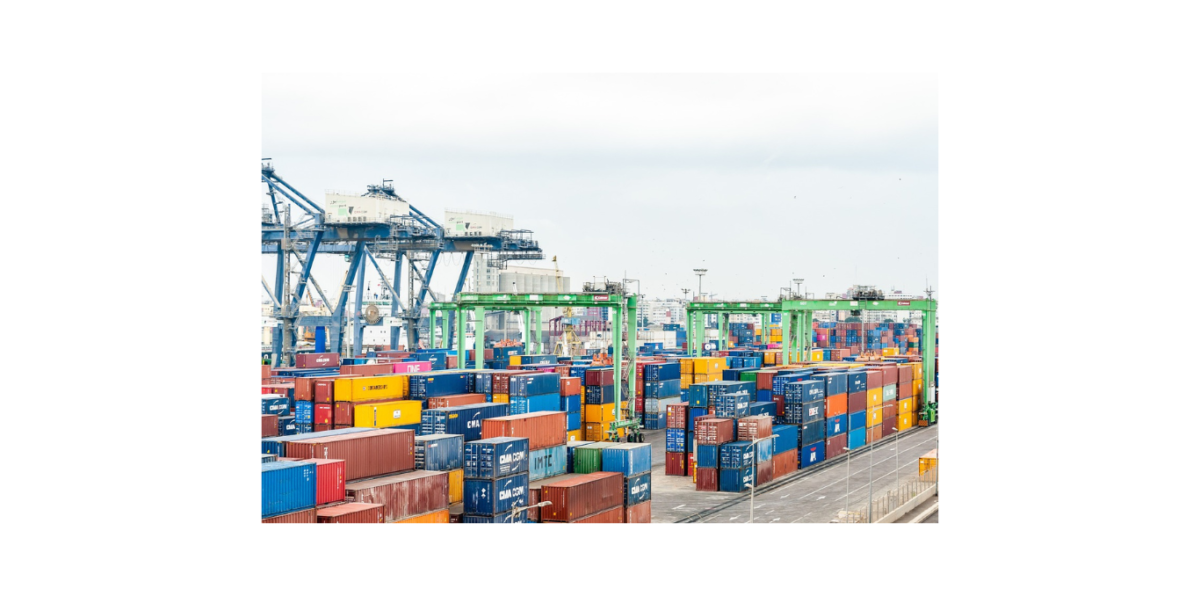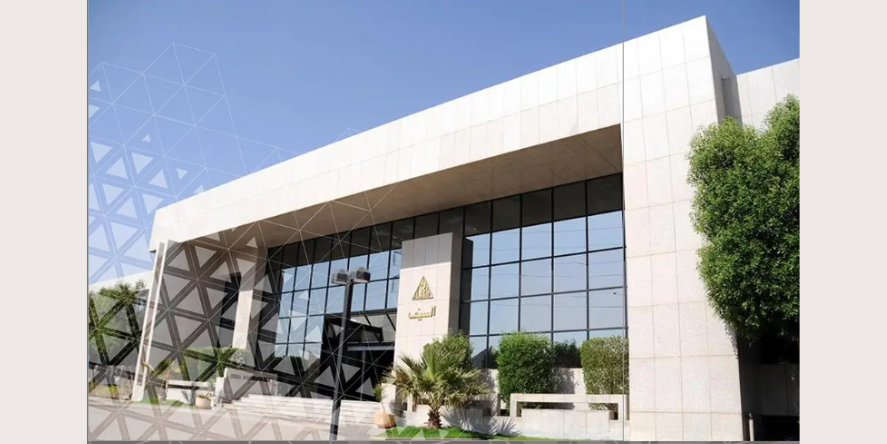Global Logistics, Transportation, and E-commerce are the three most upbeat sectors that have stood the test of time especially when the pandemic created havoc and triggered most of the sectors to plunge into a grave phase. Despite the devastation of the pandemic, the positive aspect that has emerged from these sectors is that the global logistics and transportation sector had amassed USD 4.92 trillion in 2021. The juggernaut is only going to improve further in the future propelling it to be a core driver for any economy’s competitiveness.
The global logistics market in the present context appeals more towards the amalgamation of both the supply side with the demand aspect trends. As per the recent reports sourced from global research and analytical firms, the global logistics, and transportation sector is anticipated to surge at 5.7-6% within 2022-2027.
The logistics, and transportation industry is one of the strong foundations of global trade which is all set to touch the base of USD 13,326.3 billion within 2027. The actual reason behind this surge is due to improved prospects in e-commerce logistics, mitigating threats arising from container shortage, closure of major ports causing port congestion, shortage of truck drivers, and restricted capacity in the air freight market.
Global tech giants also predict that the future of transportation and logistics will be offering a world of opportunities, which will be initiated from bold and integrated steps. The core trends mapping the huge surge in the global logistics, and transportation sector that has enabled it to emerge as the lead foundation for economic boost are – Digitization of Technology and resultant changes in the Logistics, Supply Chain, and Transportation Arena.
Cost efficiency forms an integral part of the success story for any leading logistics, supply chain management, and transport firm. It also thrusts the economic recovery and mitigates all hindrances that promise a nation’s growth. The Digitization module, technology advancements, and automated solutions offer huge cost savings for core logistical, and transportation firms. The Big Data integration and incorporation of Artificial Intelligence (AI), Cloud Computing, Blockchain, Robotics, and Machine Learning offer a huge potential for improving the efficiency, flexibility, safety, and transparency of transport and storage operations.

The age-old adage “Customer is the King” is absolutely significant in the Logistics and Transportation arena as they require the best commodities, with their tailor-made preferences to be delivered securely and quickly. For logistics, and supply chain groups, it’s a race against all odds and time, exploring and incorporating advanced technologies like Drones, Droids, and more. Utilization of AI technology and incorporating mass transit options, sharing mobility as a service (MaaS) solutions into a hyper-personalized, seamless approach to door-to-door travel, operable from a single, integrated and smart app, which is the next big megatrend.
Globalized World filled with intelligent Logistics, Supply-chain prospects
Over the past few years, data management systems have emerged as the kingpin, ruling almost any global sector right from Manufacturing, supply chains, transport, freight, and others. The future of logistics, transportation, and supply chains will definitely be defined by the data, analyzed with the aid of artificial Intelligence, and powered by Machine Learning, and Robotics. Internet of Things (IoT), 5G wireless networks will be empowering a circular economy of logistics, empowering visibility and efficiency. Thus, it surges the traceability and reliability of operations.
Opting the Path of Sustainability
Eco-friendly options have become the voice of the hour and hence steadily, logistics, transportation, and the whole of the e-commerce sector are shifting gears to achieve a responsible, meaningful logistics solution with fewer carbon emissions. This could be achieved by decarbonizing transport operatives, utilizing the recyclable materials involved to cut the wastage of resources, utilizing solar, wind, and other renewable energy resources, and installing hybrid assembly lines and efficient working space are the measures to stop wastage and pollution. A report from a lead research agency adds that 80% of consumers prefer procuring repeated items from firms that utilize recyclable materials.
Adding Workforce Diversity
Workforce diversity within the Transportation & Logistics (T&L) industry lags significantly, when compared with other industries and is a major cause of concern. Hence, core industry players are adopting policies that ensure diversity and inclusion within their workforce. Over the past few years, a complete digitization pattern is observed everywhere and hence a humanless logistics concept has emerged. However, logistics and supply chain have an inseparable bonding with humans and their physical supervision. Hence, a report by a leading data firm states that 75% of the lead supply chain, logistics firms have adopted a diversification of workforce that is well equipped with all core methodologies and have induced six sigma certification courses on AI-Logistics and more.
Supply chains and their disruption have never been in the spotlight ever since the outbreak of the pandemic. Logistics and Transportation are key to the flow of goods from point of origin to point of consumption, meeting the endless requirement of varied clients.
Logistical services are branched into Third-Party Logistics (3PL), Fourth-Party Logistics (4PL), Inbound and Outbound Logistics, Reverse Logistics, Green Logistics, Construction Logistics, Digital, Military Logistics, and more. The Asia Pacific (Apac) region leads from the front in the regional market for logistics across the globe, followed by Europe, North America, Latin America, the Middle East, and Africa.

Hyperloop Logistics the next Logistics frontier
Hyperloop technology services are relatively a new concept in the global logistics, and transportation arena and are slated to be the next game-changer in the years to come. It will curb the delivery time to under 10-15 minutes, thereby offering clients a quick turnaround on the delivery of items. APAC nations like India, China, Singapore, and Japan are building hyperloop infrastructure to maintain better Delivery TAT.
Future of Global Logistics
The global logistics and transportation market has slowly rolled out from the deep onslaught of the Pandemic, and other pandemic-related delays and closures. High demand for ocean freight from Asia to the U.S., capacity constraints at the ports, and the Russia-Ukraine conflict have impacted the world logistics market, declining it by 2.8%. The bounce back is even more credible with the world logistics market heading towards a 6.8% surge within 2027.
The global logistics, and transportation sector is drifting towards a digitized shift, utilization of AI, Machine Learning, Decentralized payment modes, decentralized delivery and transport, and utilization of best resources all at reasonable rates while keeping customer preference at utmost importance.
Blog By Medhaj Nair











